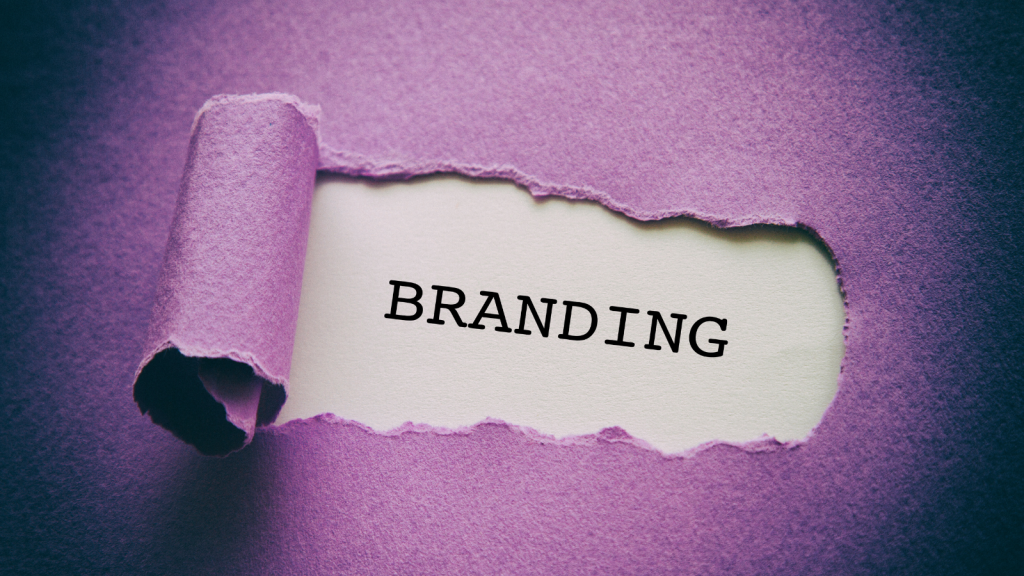If you’re a coach—whether you help people master their mindset, grow their business, or improve their health—your greatest currency is trust.
But here’s the million-dollar question:
How do you build trust with someone who’s never met you… in the 3 seconds they’re scrolling past your post?
The answer is visual branding—but not the cookie-cutter kind with pastel colors and fancy fonts.
This article will guide you through how to craft high-converting visual branding for social media, specifically for coaches, using Neuro-Linguistic Programming (NLP), untold tricks, and powerful storytelling.
Meet Daniel: The Coach with the Right Words, but the Wrong Look
Daniel is a performance coach. He helps young professionals overcome procrastination and take action on their goals. His content is fire—his advice is sharp, his coaching is transformational.
But his Instagram feed? It looked like 1,000 others.
Random quotes, Canva templates, stock photos of people running on mountains.
It didn’t feel like him.
And even worse—it didn’t feel safe, personal, or trustworthy to his audience.
Daniel had the coaching part down. What he lacked was a visual identity that spoke his message before he did.
Let’s look at how Daniel rebranded visually—and how you can apply the same to your coaching business.
Why Visual Branding Matters More for Coaches
Here’s what most coaches don’t realize:
“People don’t buy coaching. They buy transformation—and they judge your ability to deliver that based on your visuals before they ever hear your voice.”
Think about it—if your visuals feel cold, inconsistent, or generic… why would someone trust you with their most vulnerable problems?
Let’s now break down how to create visuals that feel like healing, clarity, or empowerment, using intentional design and NLP principles.
Step 1: Define the Emotional Energy You Want to Project
Branding isn’t just about looking “professional.” It’s about designing a feeling.
Here’s what Daniel discovered:
-
He wasn’t just a coach.
-
He was a catalyst for confidence.
So his new branding had to feel bold, clear, and direct—not soft or passive.
Untold Tip:
Forget “choose a brand color.”
Instead, ask:
“What emotions do I want someone to feel the moment they see my content?”
Then design your color palette accordingly:
| Emotion | Color Psychology |
|---|---|
| Confidence | Deep blue + mustard yellow |
| Healing | Soft green + beige |
| Empowerment | Burnt orange + black |
| Clarity | Light gray + teal |
Step 2: Use NLP-Infused Language Inside Your Visuals
Daniel changed his post copy dramatically. He stopped writing like a lecturer and started writing like a guide.
Let’s look at two Instagram carousel covers:
❌ Before:
“3 Habits of Productive People”
✅ After:
“What if you could get more done without burning out?”
See the difference?
NLP Tricks at Play:
-
Question-based hooks trigger internal dialogue.
-
Future pacing invites the viewer to imagine success.
-
Words like “you,” “feel,” and “imagine” bypass logic and speak to emotion.
Now imagine that line sitting inside a clean visual:
-
White background
-
One bold word in mustard
-
A simple icon (no clutter)
It feels different. It feels personal. That’s the power of NLP + design.
✍️ Step 3: Create Visual Patterns That Build Trust
Ever noticed how some coaches’ content just feels trustworthy?
That’s not by accident. It’s visual patterning.
Daniel began using the same:
-
Color-coded headers (blue for mindset, yellow for action tips)
-
Consistent font sizes (big, bold headline + small script subtext)
-
Predictable content blocks (Quote ➝ Story ➝ Tip ➝ CTA)
Why does this work?
Because the brain loves predictability.
The more familiar your visuals feel, the more trustworthy your message becomes.
Untold Tip: Use visual anchoring. That means using the same design structure repeatedly so people start to associate your style with safety.
Step 4: Stories, Not Quotes — The Design Shift Most Coaches Miss
Daniel’s old posts were filled with generic quotes:
“Discipline is doing it even when you don’t feel like it.”
Nice. But forgettable.
His new design strategy?
He started posting mini-stories with faces.
-
Real clients (with permission)
-
Short “before and after” testimonials
-
“What changed in 7 days of coaching”
Each story was framed visually like this:
-
Left side: a candid photo
-
Right side: a handwritten caption like “I finally stopped procrastinating… after years of feeling stuck.”
NLP Element: Emotional Anchoring + Personalization
Seeing real stories, real faces, and hand-drawn fonts creates a human connection.
Step 5: Reuse Your Visual Brand Across Platforms (Smartly)
Daniel didn’t have to start from scratch every time.
He created template packs that adapted for:
-
Reels covers
-
Instagram carousels
-
Facebook ads
-
Story prompts
-
Webinar slides
Untold Trick: Use slightly varied filters for each platform, but keep core fonts, symbols, and tone the same. This creates cross-platform recognition without feeling repetitive. The Results
Within 6 weeks of redesigning his visual brand using these strategies:
-
Daniel’s Instagram engagement doubled
-
DMs asking for coaching increased by 340%
-
His carousel saves and shares jumped up
-
He launched a group coaching program with zero ad spend, only organic design-driven content
And most importantly—his content finally felt like him.
Your Visual Branding Starter Kit (Coach’s Edition)
Here’s what you need to get started:
✅ 1. Choose 2 Primary Emotions You Want to Evoke
Then design your color and typography based on them.
✅ 2. Use NLP-Inspired Text in Your Designs
Prompt internal reflection:
“What if your fear is actually your teacher?”
✅ 3. Stick to Visual Consistency
One headline style. One story format. One graphic pattern.
✅ 4. Show Faces and Stories
People don’t trust brands. They trust humans.
✅ 5. Create a Simple Canva System
3 post types:
-
Story (testimonial)
-
Insight (carousel)
-
Engagement (poll, challenge, Q&A)
Final Word
You don’t need to be a graphic designer to build a magnetic visual brand.
You just need to be a coach who understands how people feel, and how design can shape those feelings before you ever say a word.

